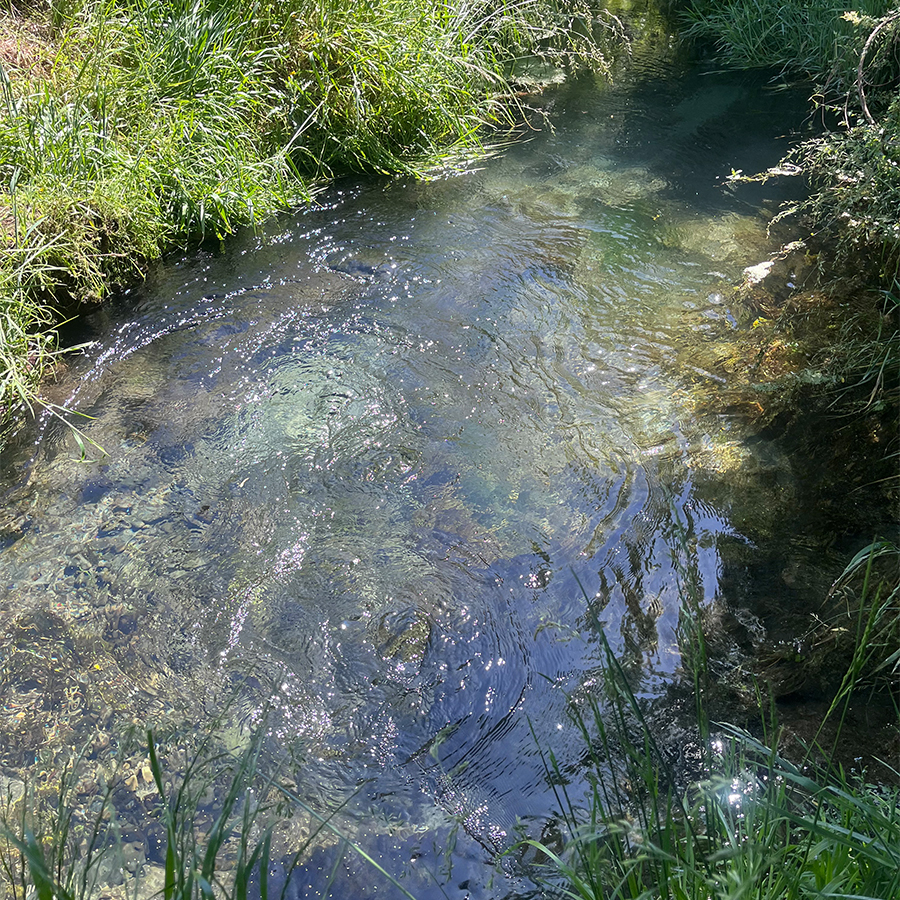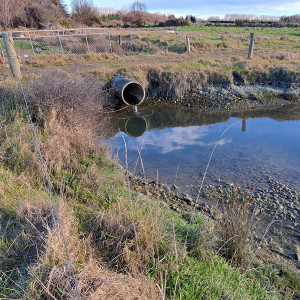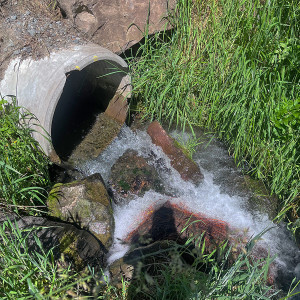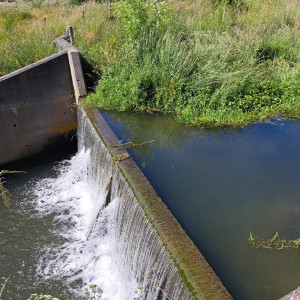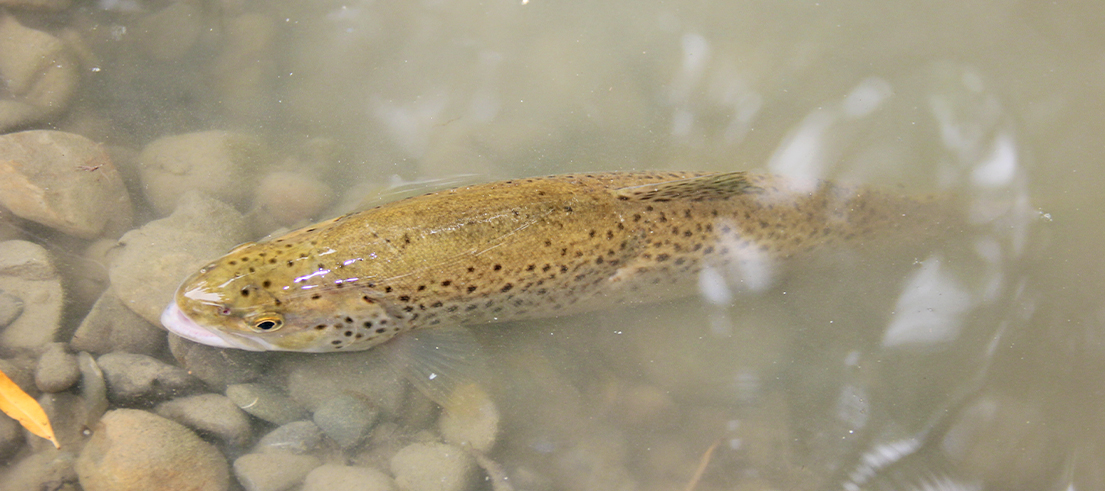
Innovation allows for better fish travel around river flood infrastructure
Major recent and past events have shown how important flood protection is for safeguarding our homes, communities, and livelihoods. We must also ensure we have fish friendly waterways to safeguard the ability for fish to move freely throughout them.
Flood protection structures in waterways can close off sections of a river or stream, cause flows that are too strong for fish to swim against or present obstacles that are impossible to pass for many fish.
Our fish passage remediation project is making a start on altering structures in rivers – primarily culverts, weirs, and flap gates – to make them “fish friendly,” while maintaining their integrity for flood protection.
Ensuring fish travel through waterways
Fish travel throughout waterways to source habitat and food, to migrate and spawn, and to hide or rest. They may travel all the way from the sea at the river mouth to the water source high in the mountains. Without the right aquatic connections between all these places, the sustainability of our fish species is at-risk.
The instream structures designed to keep people, land and assets safe from flooding create barriers to this natural fish movement and can affect their lifecycles.
Before the Essential Freshwater Package (EFP) was introduced in 2020, requiring fish migration capability for all new structures built in waterways, we were already looking at ways to alter our existing flood protection and drainage scheme structures throughout Waitaha to make them more fish friendly.
“We began reviewing our structures before the mandates simply because enabling fish passage is the right thing to do,” says Senior Environmental Advisor Melissa Shearer.
We have reviewed our assets in waterways from source to mouth, checking habitat quality, instream structures (particularly those close to the coast) and typical water flow, along with fish monitoring to see which sites needed immediate work.
Remediation works
One of the more complex fish passage projects is in place on a spring-fed stream called Dip in the Road, a tributary of the Waimakariri River.
We will replace an existing narrow culvert with a larger one, and remediate a perched culvert, adding a rock ramp at the point where Dip in the Road meets the Waimakariri River.
The remediation works will slow water through the culvert, allowing fish to travel from the river and into the stream. The enhancement works will provide places for fish to hide and feed within the stream.
Senior Environmental Adviser, Julian Sykes, is part of the team who monitored fish before works and will follow-up after alterations are made.
Jules found mostly large tuna/eels were present upstream before the works – these are strong swimmers and capable climbers, especially as elvers (juveniles), he says.
“At the bottom, I caught īnanga, common bullies and quite a few small elvers.
“The narrow culvert pipe sits above the waterline creating a small, strong waterfall, effectively excluding small and non-climbing fish from entering the stream,” Julian says.
“The fish passage remediation project is a fantastic opportunity. Once we've remediated the structures and made them fish friendly, the next part is to improve the habitat. I'd like to see the whole thing restored to its former glory. It'll be a great win for the community – both fish and people,” Julian says.
Seeking more investment to continue
Significant flood protection, biodiversity and community projects like this have been made possible due to the Government’s one-off COVID-19 response shovel-ready funding and rates. However, climate change induced events across the country have highlighted the urgent need to remediate flood protection infrastructure that has become outdated.
Currently, regional and unitary councils invest about $200 million each year in flood protection schemes. This is estimated to fall short of what’s needed by $150 million per annum.
Read the call from Te Uru Kahika to Central Government for long-term co-investment.
Guaranteed Central Government co-investment means being able to continue with important flood protection and biodiversity works like this fish passage remediation project that will benefit communities now and for the future.

